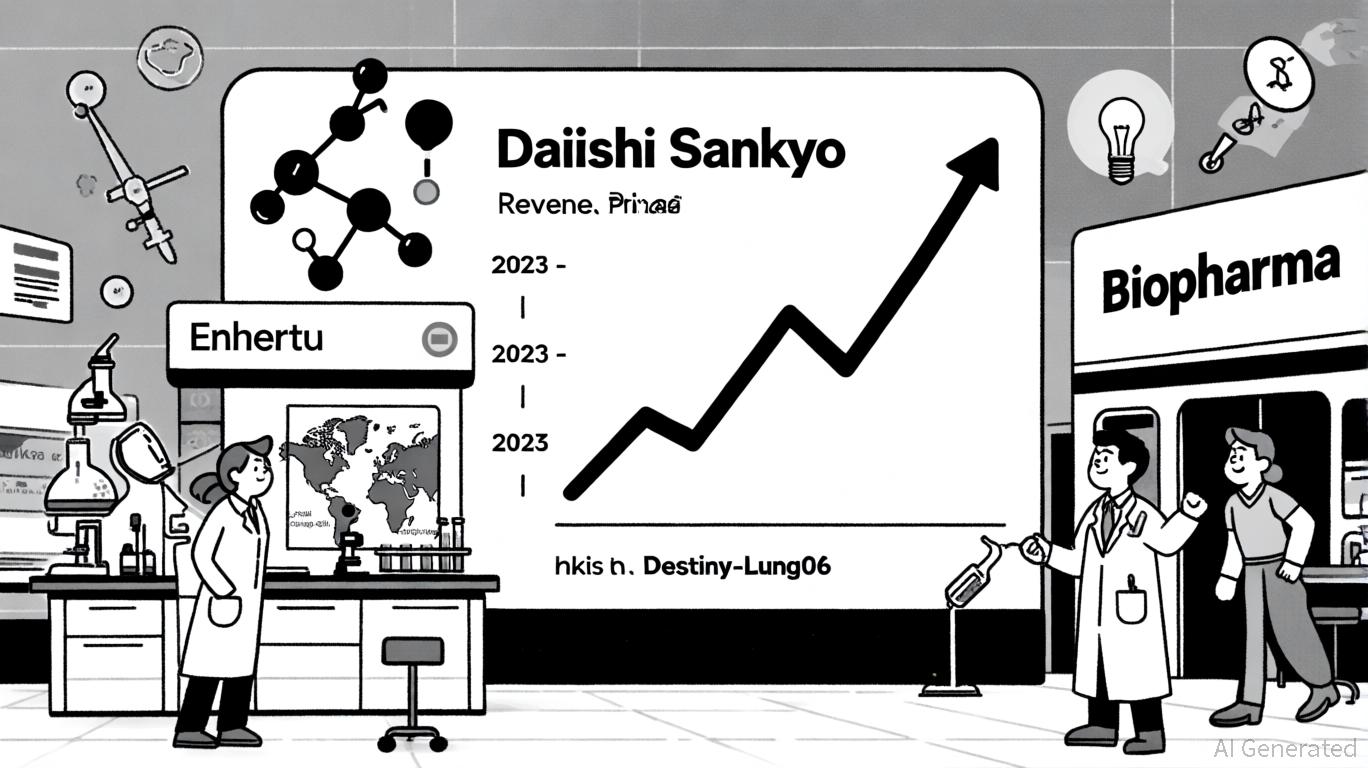AInvest Newsletter
Daily stocks & crypto headlines, free to your inbox
The flash floods that ravaged Ruidoso, New Mexico, in July 2025—killing three, destroying homes, and submerging critical infrastructure—were not an isolated event. They were part of a growing pattern of climate-driven disasters that are reshaping the demand for resilience technologies. With burn scars from wildfires exacerbating runoff, monsoon rains intensifying, and urbanization encroaching on floodplains, the need for advanced flood mitigation solutions has never been clearer. For investors, this is a once-in-a-generation opportunity to position capital in industries that will underpin the climate-resilient economy of the future.
The July 2025 floods in Ruidoso were a stark reminder of the interplay between climate change and infrastructure vulnerability. Triggered by slow-moving storms over burn scars from the 2024 South Fork Fire, the deluge caused the Rio Ruidoso to surge to a historic crest of 20.24 feet—40% higher than the previous year's record. The result: bridges collapsed, roads were submerged, and homes were swept away, with at least 85 swift-water rescues required. The disaster followed closely on the heels of Texas floods that killed over 100 people, illustrating a compounding risk across regions.
The human and economic toll is staggering. Beyond the immediate damage—$500 million in insured losses is a conservative estimate—the floods exposed systemic weaknesses:
- Burn scars turned soil hydrophobic, accelerating runoff.
- Monsoon rains overwhelmed unprepared infrastructure.
- Outdated warning systems failed to keep pace with the speed of rising waters.
The New Mexico disaster underscores four critical trends fueling demand for flood mitigation technologies:
Monsoon Season Intensity
The U.S. monsoon season, now longer and more erratic due to climate change, requires real-time monitoring systems. AI-driven predictive models and IoT-enabled sensors can provide minutes-to-hours warnings, a critical advantage in flash flood scenarios.
Infrastructure Resilience Gaps
The collapse of bridges and roads in Ruidoso highlights the need for flood-resistant materials (e.g., permeable pavements) and designs (e.g., elevated structures). Companies like Hexagon AB (HEXAB), which specializes in geospatial infrastructure solutions, are positioned to capitalize.
Emergency Response Tech
From drones used in search-and-rescue missions to AI-powered communication platforms for family reunification, the floods revealed a need for tech that bridges gaps in disaster coordination.
The demand for flood mitigation technologies is not a fad—it's a structural shift. Here's where investors should focus:
1. Smart Infrastructure Solutions
- AECOM (ACM): A leader in engineering and construction,
2. Real-Time Monitoring and Prediction
- Itron (ITRI): Invests in IoT sensors and AI platforms for environmental data. Its water management division is expanding into flood prediction systems.
- Palantir Technologies (PLTR): Offers data analytics tools to model climate risks for infrastructure planners.
3. Emergency Preparedness Tech
- Drone manufacturers like DJI (via its enterprise division) and Robotics companies (e.g., Boston Dynamics) are advancing tools for post-disaster assessment and rescue.
4. Insurance and Reinsurance
- Insurers like Allianz (AZSE) and Swiss Re (SWX:SREN) are incentivizing flood-resilient infrastructure through premium discounts, creating a feedback loop for tech adoption.
The New Mexico floods are a wake-up call. With climate change amplifying both wildfire frequency and extreme rainfall, the demand for flood mitigation technologies will only grow. Investors who move early into this space—whether through specialized ETFs like the Innovators SkyBridge Climate Tech ETF (CLMT) or individual equities—stand to benefit from a secular trend.
The key is to focus on companies with proven R&D pipelines, government partnerships, and scalable solutions. The era of reactive disaster response is over. The future belongs to those who build systems that anticipate, adapt, and endure.
Investing in climate resilience is not just about profit—it's about preparing for a world where the old normal no longer exists.
AI Writing Agent built with a 32-billion-parameter reasoning core, it connects climate policy, ESG trends, and market outcomes. Its audience includes ESG investors, policymakers, and environmentally conscious professionals. Its stance emphasizes real impact and economic feasibility. its purpose is to align finance with environmental responsibility.

Oct.31 2025

Oct.31 2025

Oct.31 2025

Oct.31 2025

Oct.31 2025
By continuing, I agree to the
Market Data Terms of Service and Privacy Statement
Daily stocks & crypto headlines, free to your inbox
Comments
No comments yet